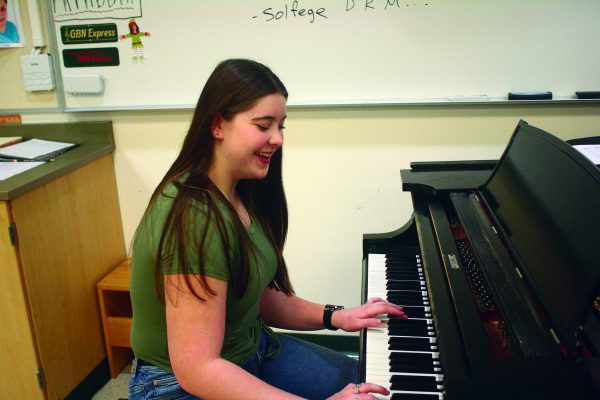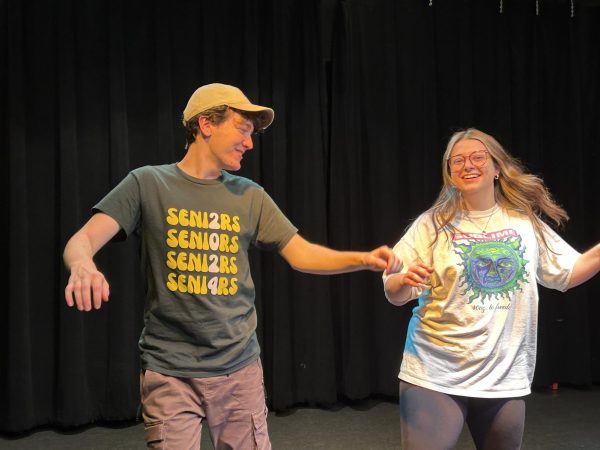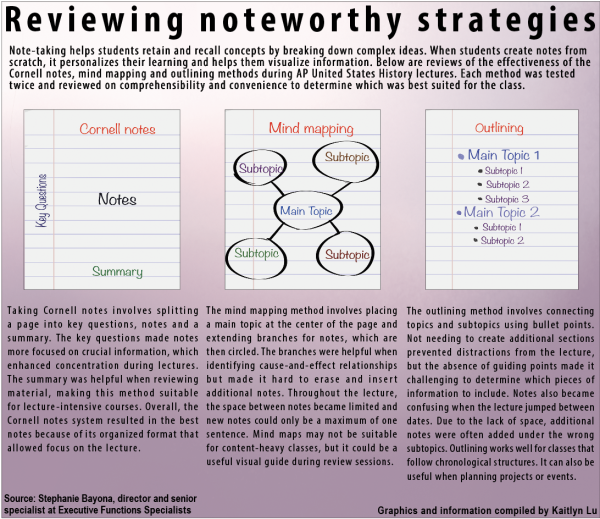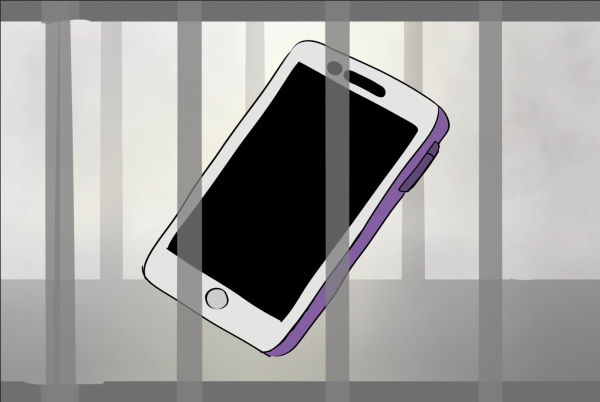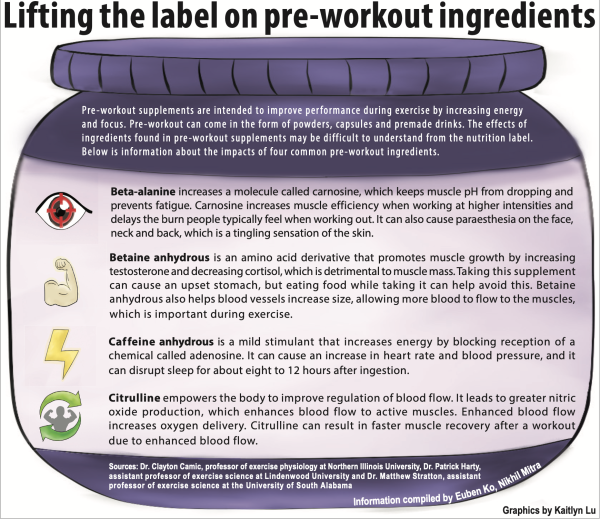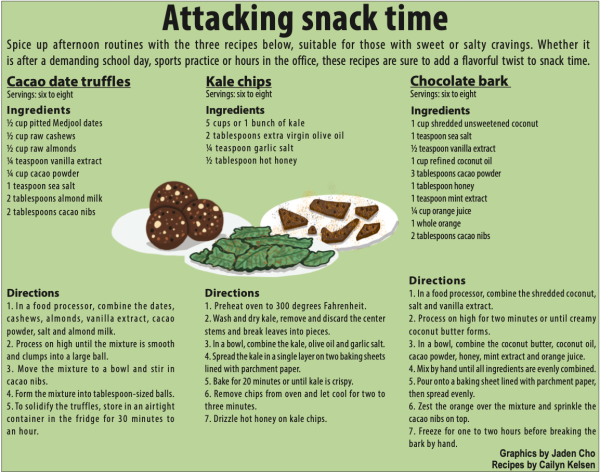Student gets SAD during winter
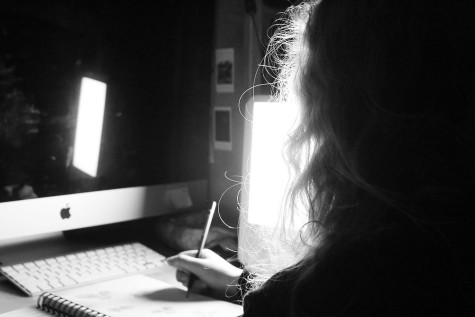
As fall and winter approach, senior Shannon Buttimer often finds herself having trouble concentrating on tasks and getting tired easily. A year ago, she was diagnosed with a specific type of depression: seasonal affective disorder (SAD).
According to Kathryn Roecklein, psychology professor at University of Pittsburgh, SAD is a disorder that causes depression only in the fall and winter, causing changes in melatonin hormones, which promote good sleep, and serotonin hormones, which stabilize moods. Some symptoms include changes in sleep duration, appetite and fatigue.
“Each of the symptoms has to be present nearly everyday [and for] most of the day, for as long as two weeks [for patients to be diagnosed with SAD],” said Roecklein. “The major depressive episode in seasonal affective disorder recurs at a predictable time of the year, usually in the winters, and they remit in spring or summer.”
Jeanne Buttimer, Shannon’s mother, said she notices Shannon’s symptoms of low energy, moodiness and anxiety in the fall and winter.
“I think the dreariness of winter tends to make it harder for Shannon to wake up and get motivated to start the day,” Jeanne said.
School psychologist Bridget Bucklin said students typically go to their counselors before coming to the school psychologists to discuss what could potentially be SAD.
“We would really encourage a student and [his or her] family to talk to a mental health or medical care provider to investigate that further,” Bucklin said.
According to Roecklein, the diagnosis of SAD uses tests of mental illness disorder criteria and the conduction of a structured, clinical interview.
To treat her SAD, Shannon said she was prescribed medication and purchased a HappyLight, a form of light therapy.
“The light therapy is really there as a replacement for sunlight,” said Bucklin. “Sunlight has so many benefits for us, probably most commonly known for Vitamin D, and that has a huge impact on our overall health [and] our mental state.”
Roecklein said aside from light therapy and medication, the other proven treatment is psychotherapy.
“There’s something about the psychotherapy that protects [patients] from subsequent episodes even if they don’t do any additional treatments,” said Roecklein. “Light therapy and medication [doesn’t] seem to work that way. You have to keep using the light therapy or the medication every year in order to get the benefit.”
Shannon said she has used her light a few times this school year.
“I don’t know if it has helped yet because it’s still fall,” said Shannon. “It will probably help [more in the winter].”


